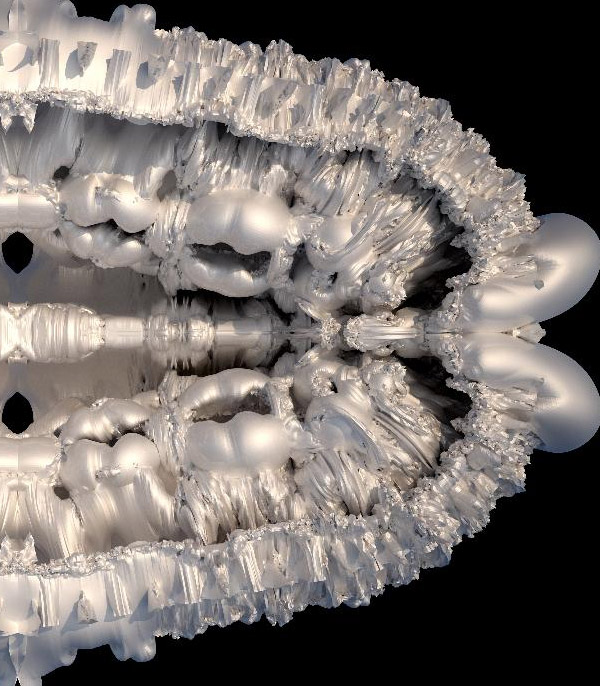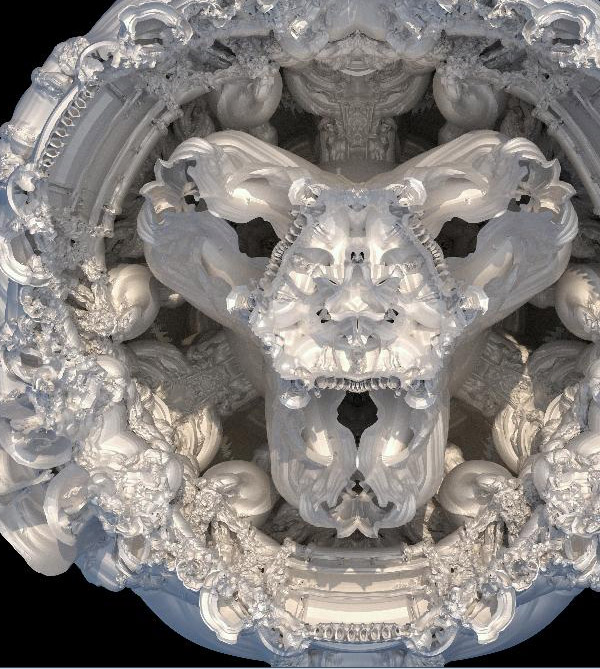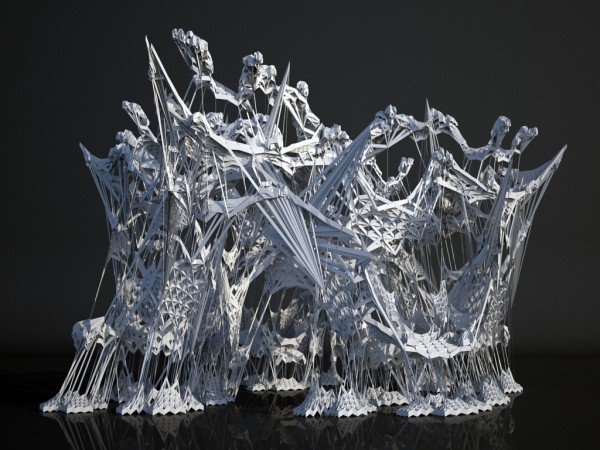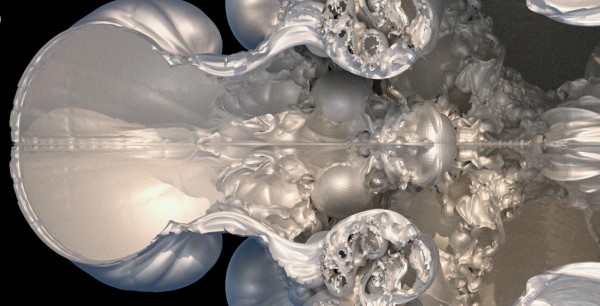
Continuing their investigations on mesh grammars at CAAD, ETH in Zurich, Switzerland, Benjamin Dillenburger and Michael Hansmeyer have explored the creation of a series of domes which consist of a surface being folded over and over. Mesh grammars, as defined by Hansmeyer, is a “process that combines mesh refinement techniques with the logic of shape grammars. Unlike traditional shape grammars, mesh grammars do not consider isolated objects but always view objects as embedded in a network–the mesh.”
Using algorithms and computation as a generative design tool allows for a range of topographies with multiple levels of hierarchy and density. The initial forms are emphasized throughout the process, recognized in their raw form then complemented through surprising patterns that emerge at multiple scales. The resulting domes are then highly variable in detail but read as a continuous, symmetrical structure. The architects seek to expand the artistic and ornamental qualities of the dome typology by developing a new process of form making that goes beyond traditional levels of detail.
Click here to view a 1-Gigapixel window that showcases all of the dome studies.
Dillenburger’s individual iterations use computation and shape grammars to create dome structures that dynamically achieve static equilibrium, as shown in his Digital Catenary.
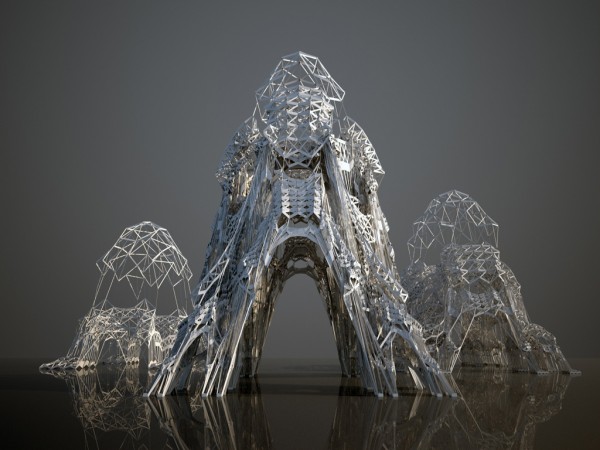
In this iteration of Shape Grammars, a network structure adapted by a spring system is created though a language of replacement rules.
Benjamin Dillenburger currently works as researcher and lecturer at the Chair for CAAD, ETH Zurich, Switzerland.

